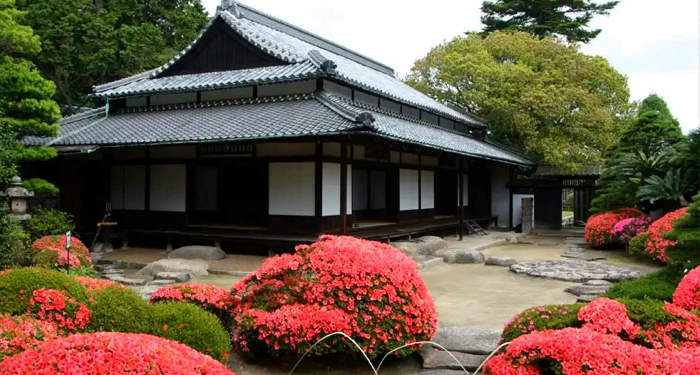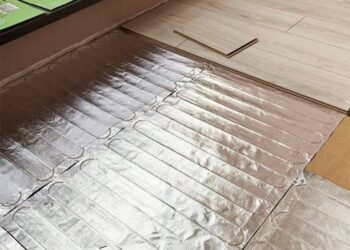The climate of the Japanese island nation is maritime, mild and mostly warm. But this gift of fate is balanced by increased seismic activity.
Japan shakes regularly, and this could not but affect the philosophy of its inhabitants: they endure any weather adversity from earthquakes to typhoons.
Living conditions have formed a special type of housing construction: almost all houses have long been built according to the technology of a wooden frame. The original architectural concept was developed for sanctuaries and temples. Her techniques were successful (in Japan there are temples with a personal age of more than a thousand years), and were borrowed for residential buildings.
Obviously, it has been experimentally established that frame walls are the most resistant to earthquakes. The ancient temples endured, swaying, thousands of shocks without the slightest harm to themselves. Today, cities are building steel-framed skyscrapers that can withstand 10-magnitude jolts, but most low-rise buildings are built the old fashioned way.
The reason for this adherence to tradition is understandable and practical. Life in thin-walled frame buildings was made possible by warm currents and a mild climate. The frame, thanks to the elasticity of the tree, absorbs shocks, and. even if destroyed, it gives a greater likelihood of salvation than heavy building materials
















